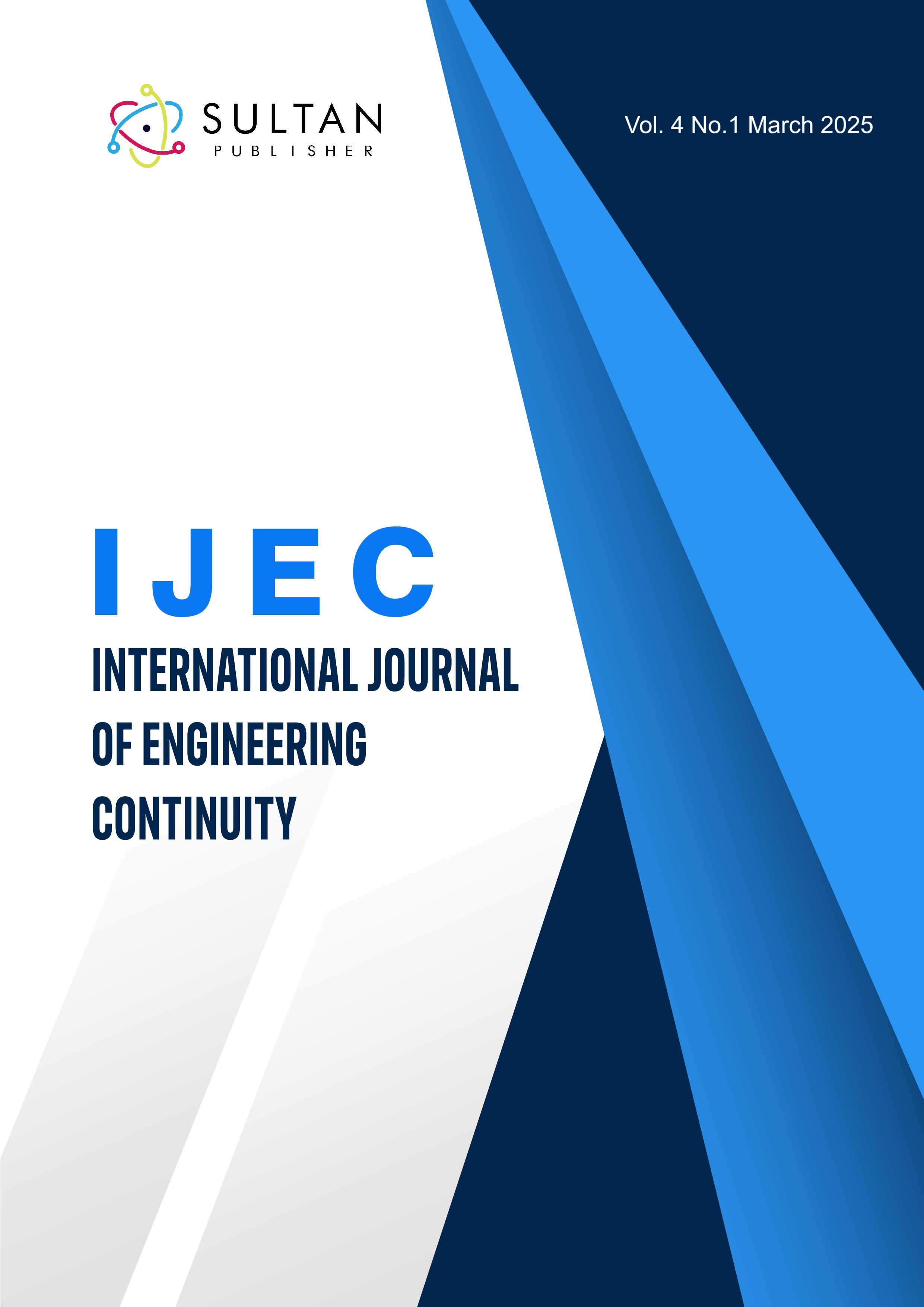Analysis of Determining Holding Area for Flights: Case Study of Halim Perdanakusuma Airport
Keywords:
Holding area, flight, bad weather, remote sensing, Halim Perdanakusuma AirportAbstract
This study analyzes the determination of holding areas for flights at Halim Perdanakusuma Airport, which serve as temporary zones for aircraft during delays in departure or arrival. With increasing flight activities, optimizing holding areas is essential to ensure smooth airport operations. The study integrates weather radar and rainfall data with evaluations of airport operational capacity and flight safety considerations. This approach identifies optimal holding area locations by accounting for rainfall intensity, visibility, and weather disruptions. Key findings highlight that using weather radar for predictive analysis can significantly reduce delays and enhance safety in challenging weather conditions. The contribution of this research lies in proposing a data-driven methodology for holding area management that can be applied to airports facing similar challenges. This approach not only supports better decision-making but also offers practical strategies for adapting to dynamic weather conditions. Future research could explore incorporating advanced technologies, such as artificial intelligence, to further refine predictive capabilities and expand the scope of analysis to multiple airports.
Downloads

Published
How to Cite
Issue
Section
Copyright (c) 2025 Rika Kariani, Syachroel Arief, Rudi Agus Gemilang Gultom, Bagas Briliano, Stefanus Binoto Tampubolon, Asep Adang Supriyadi

This work is licensed under a Creative Commons Attribution-ShareAlike 4.0 International License.




